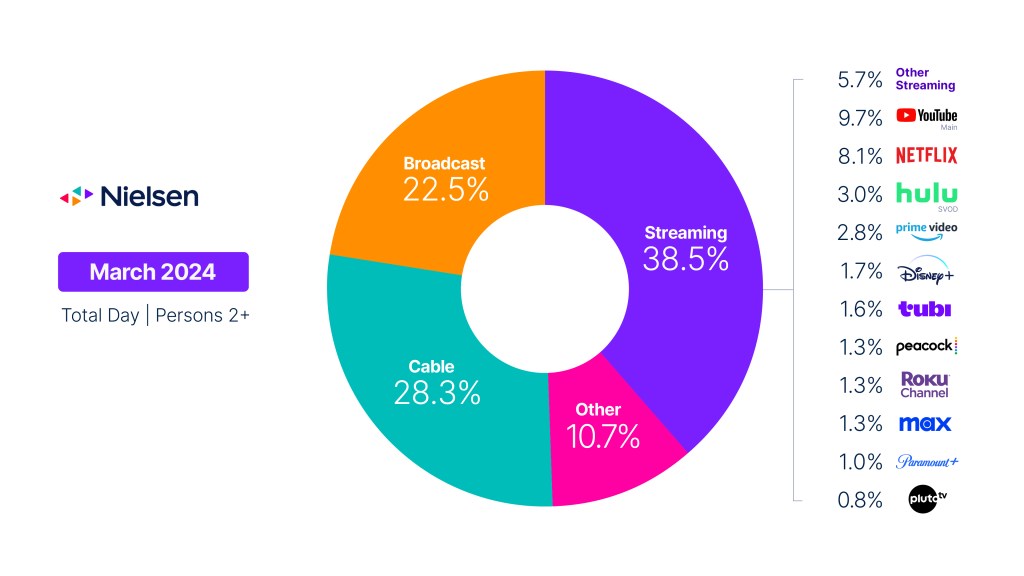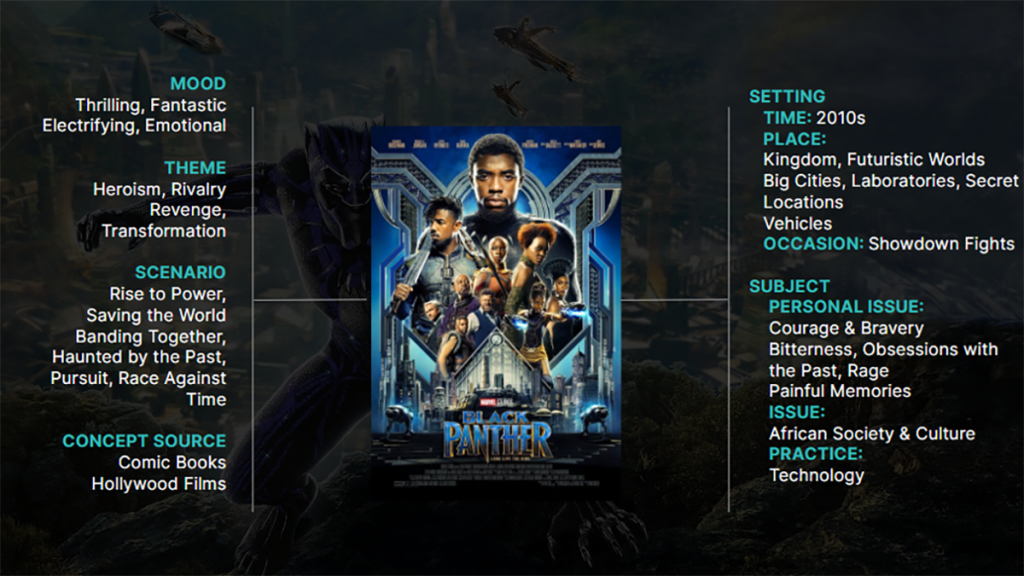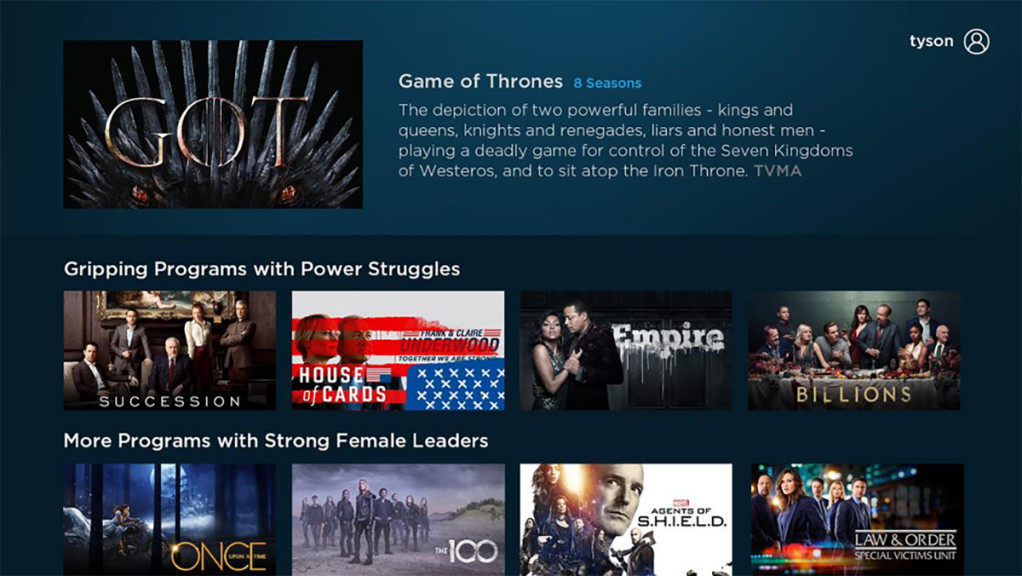Relevance
Newest
Oldest
X Clear Filters
Insights
-
Featured
FAST has made linear TV cool again; personalization will make it cooler
Creators and publishers entering the FAST industry need to focus on metadata as they plan their distribution strategies.
TV & streaming5m read






